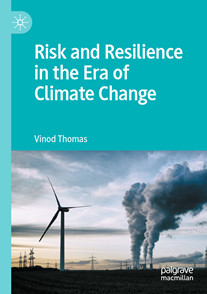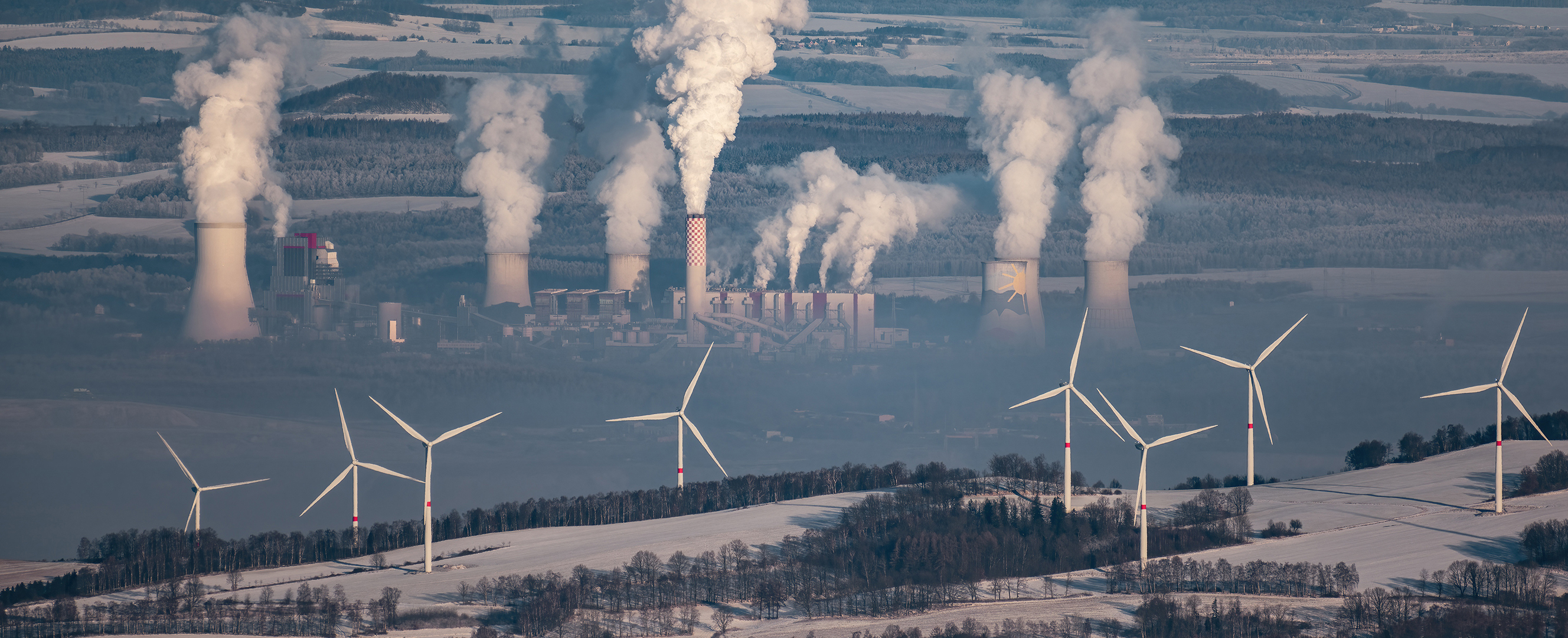
Risk and Resilience in the Era of Climate Change
Vinod Thomas
Palgrave Macmillan
London, UK, 2023, 201 pp., $27.99
Raising the base of a house and mixing cement into its earth foundation make it less likely to collapse in a flood. Backup generators and pumping systems reduce the risk of power and water supplies failing, allowing hospitals to continue to operate. Robust health systems reduce the risk of disease following flooding. Education and communication systems can help people know when to stay home and when to seek higher ground. Functioning public services increase social trust, making it more likely that disaster response plans will be implemented successfully.
In Risk and Resilience in the Era of Climate Change, Vinod Thomas makes a strong case for a systemic approach to building climate resilience. For starters, risk assessment should be thorough and continuous. Investment is needed in early-warning systems, evacuation plans, and institutions that govern all elements of disaster preparedness and response. Resilience must be integrated from the outset into the design not only of buildings and infrastructure systems but also of national development strategies.
Above all, Thomas emphasizes the need to prepare, not just respond. Disaster proofing, he points out, adds less than a tenth to the cost of a new hospital. As climate change continues to progress, risks that once had low probability and high impact will become high-probability, high-impact events. Governments must anticipate this shift and continually prepare for the larger risks of the future, not merely for a repeat of events of the past.
Thomas presents emissions reduction and adaptation as intrinsically interdependent and goes so far as to describe decarbonization itself as an approach to building resilience. Time is at the heart of this relationship: during the COVID-19 pandemic, slowing the spread of the disease was crucial to prevent hospitals’ intensive care units from being overwhelmed; climate change demands the same urgency. Slowing its onset will give us all more time to prepare for and cope with the extreme events it will bring.
Perhaps the most bracing part of the book, for some readers, is its chapter on economics. A distinguished economist himself, Thomas writes that “the mainstream economics profession has not been on board in the campaign for climate action.” He criticizes leading economics journals for being largely silent on the issue, influential economic models for failing to adequately integrate scientific knowledge, and the profession in general for failing to appreciate the severity of the crisis and promoting a “persistently false dichotomy” between sustainability and growth. He advocates recognizing the value of natural capital, thinking about growth in terms of quality rather than quantity, and revising the curricula of economics and business schools to teach how growth can be made regenerative instead of destructive.
If anything, this is one area the book could have pursued further. A shift in thinking on the economics of decarbonization has gathered pace in recent years. Whereas once there was consensus that carbon pricing was the most efficient solution, advances in the understanding of complex systems, studies of technology transitions of the past, and observations of what is happening now all suggest that approaches centered on investing in new solutions can be more cost-effective in driving innovation and structural change. It might have been interesting to explore the application of this new understanding to the transformational adaptation the author argues is now needed.
Based on three decades of the author’s work at the World Bank and the Asian Development Bank, and underpinned by extensive academic research, the book is full of practical case studies as well as conceptual frameworks for understanding resilience. The importance of these issues will only increase as the climate crisis progresses and extreme weather events inevitably become more commonplace; this will serve as a valuable guide to those working in the field.
Opinions expressed in articles and other materials are those of the authors; they do not necessarily reflect IMF policy.









